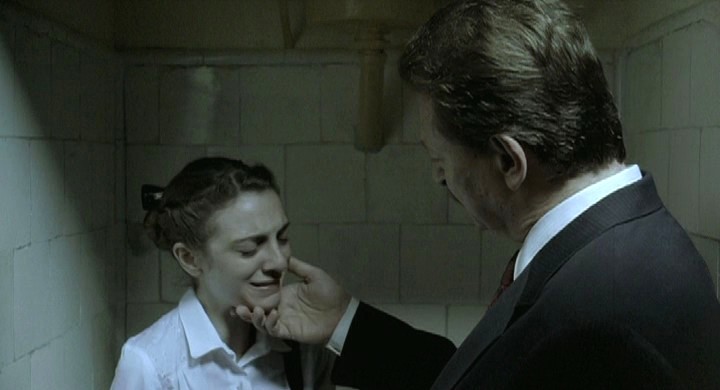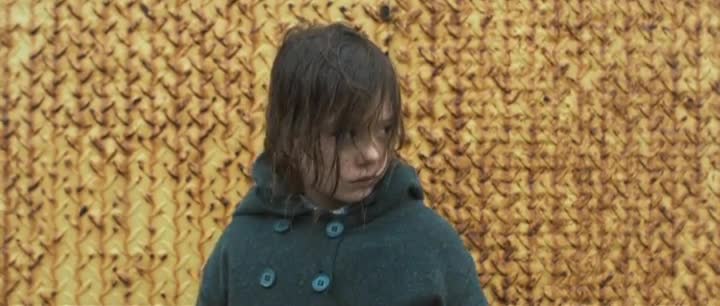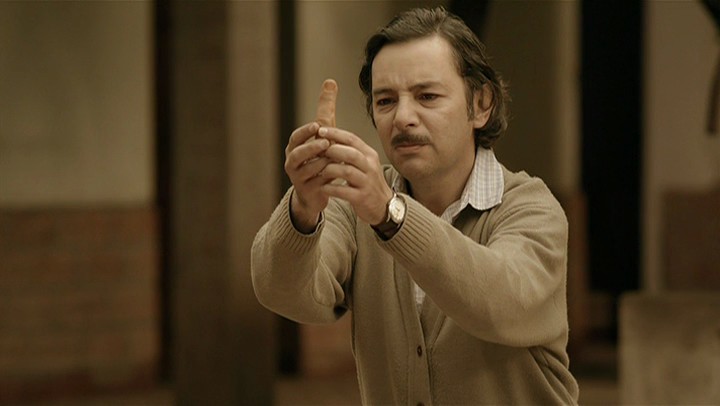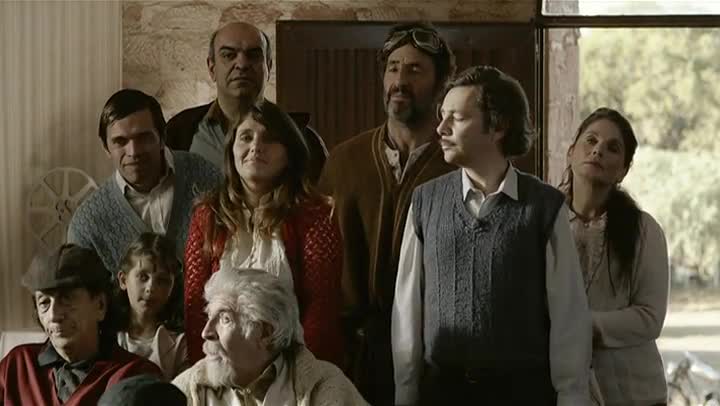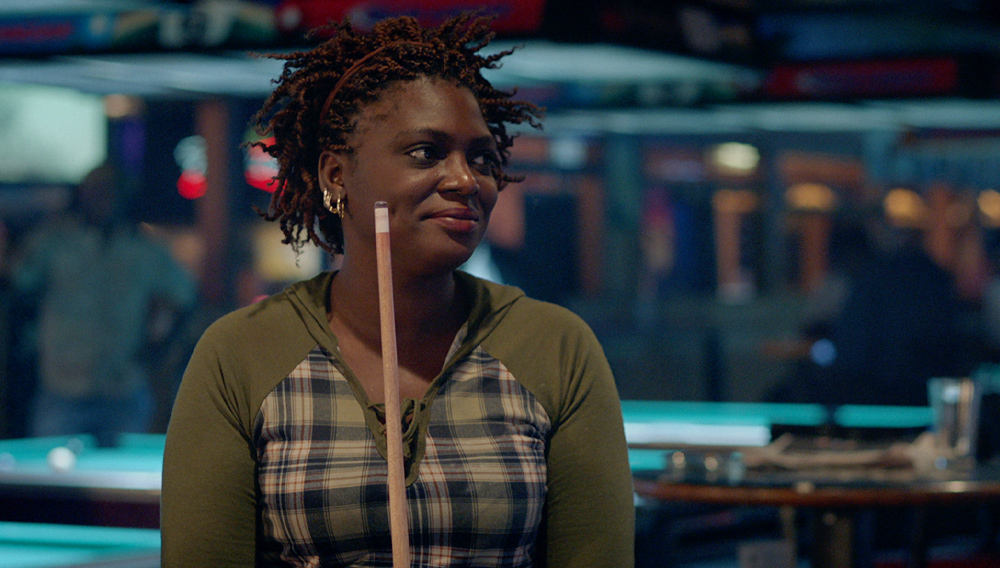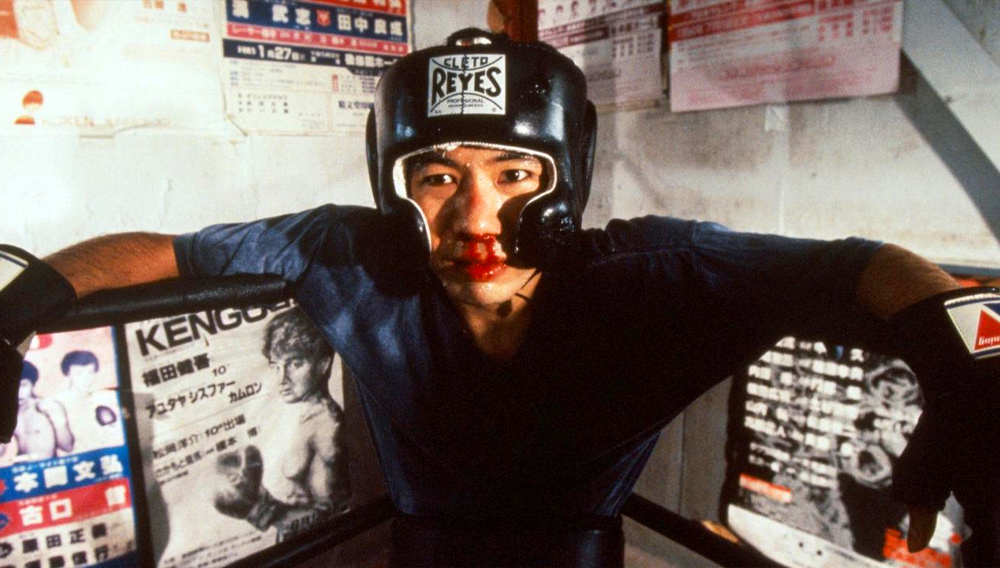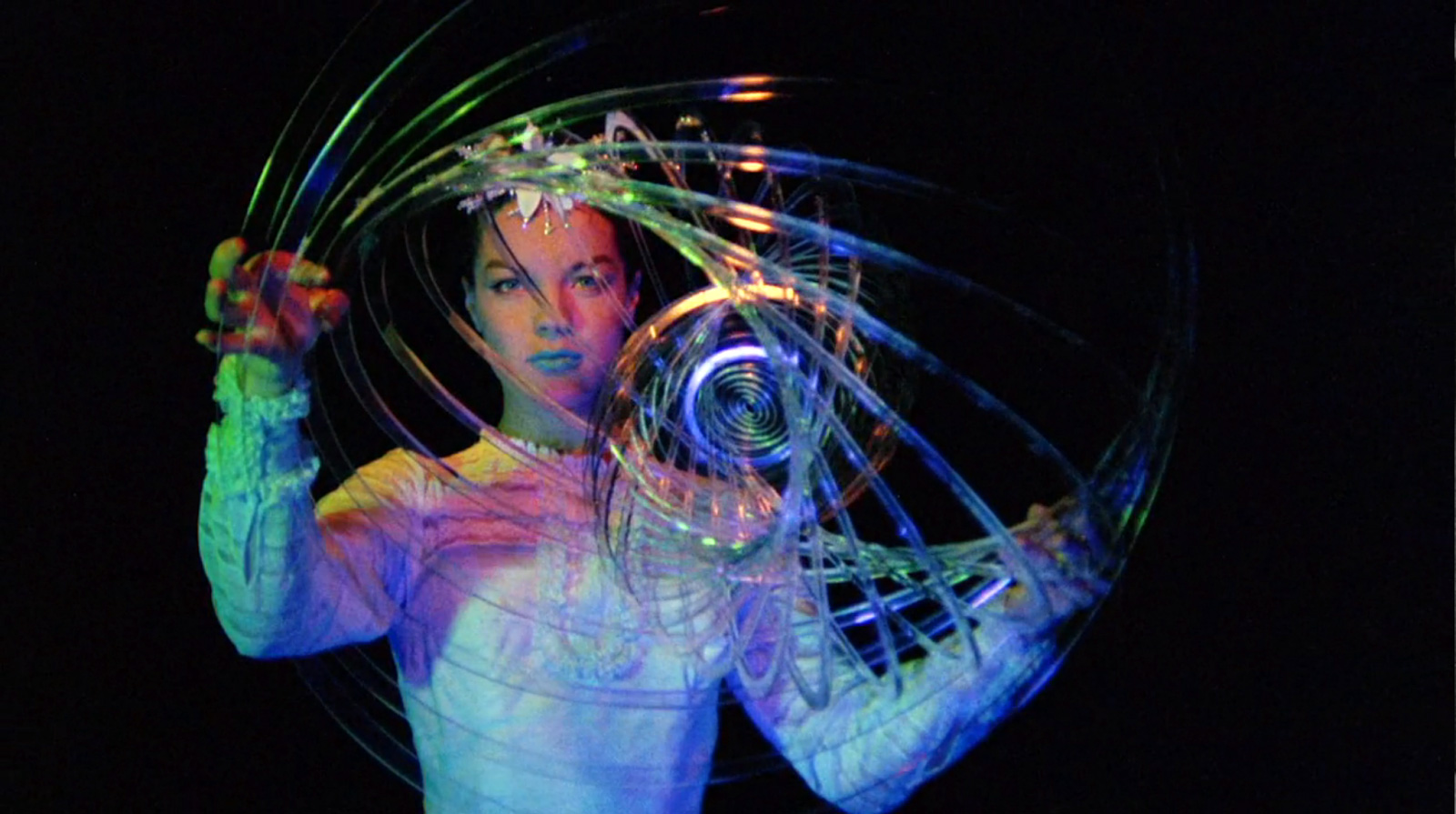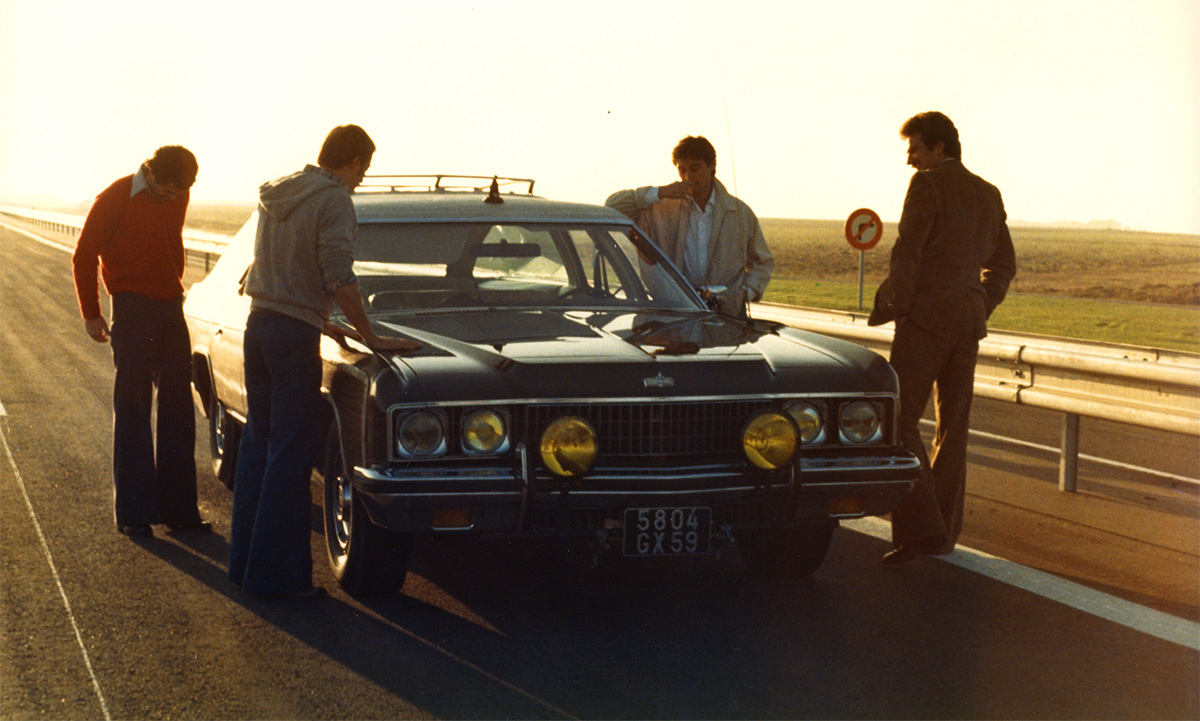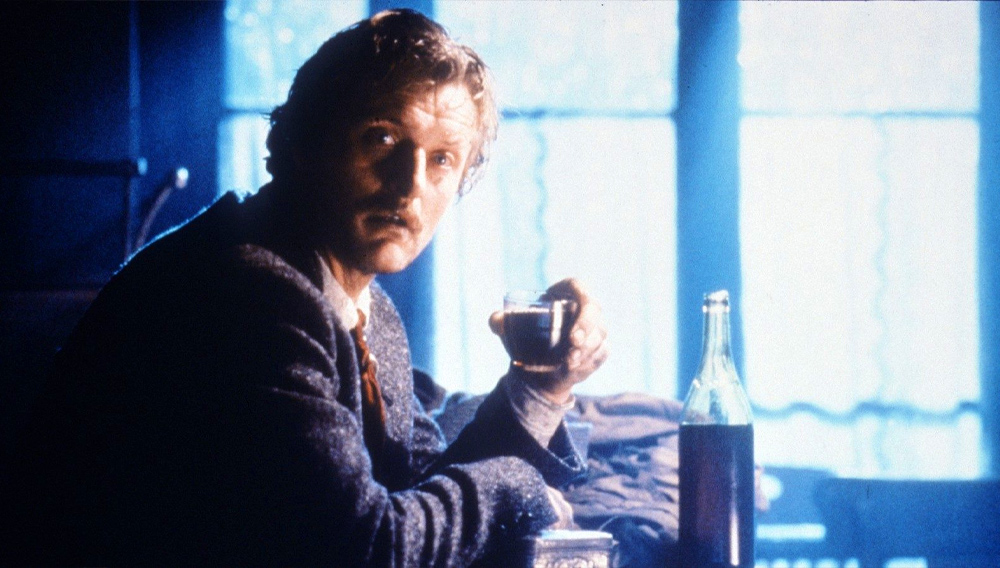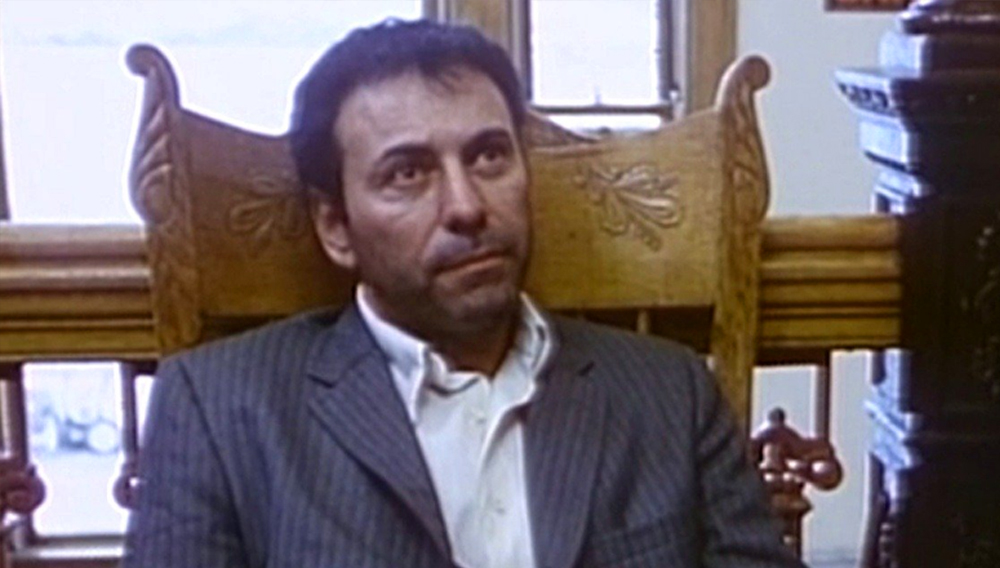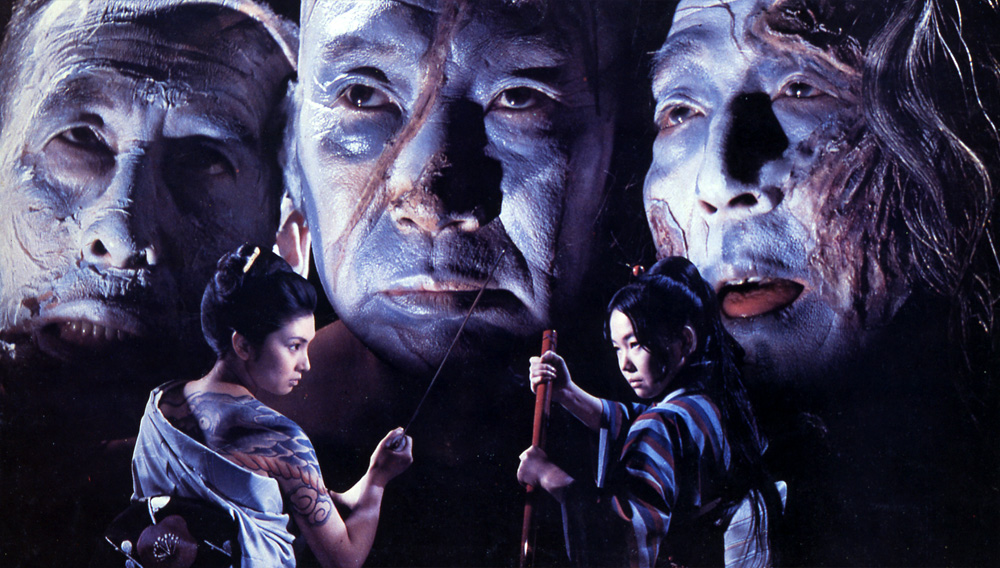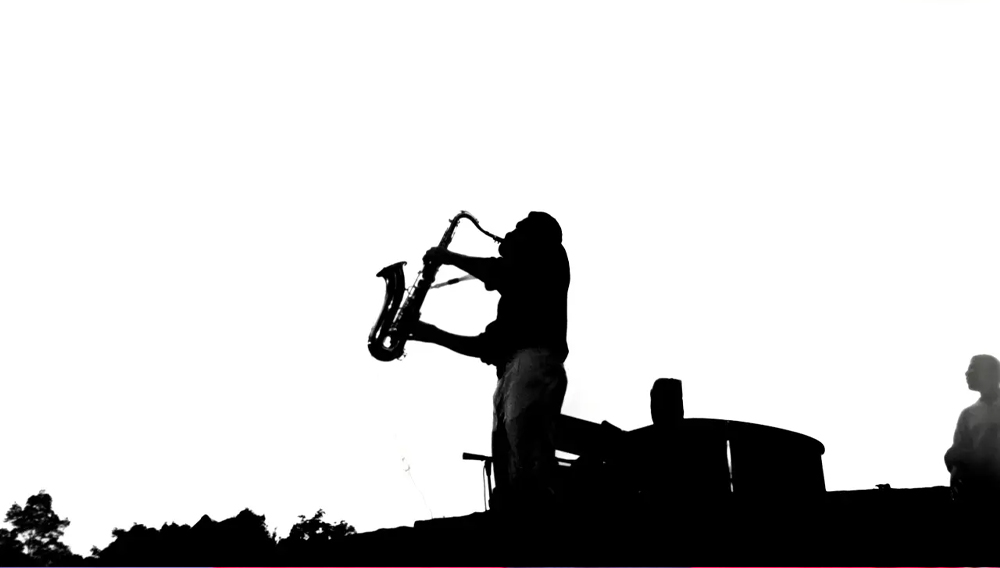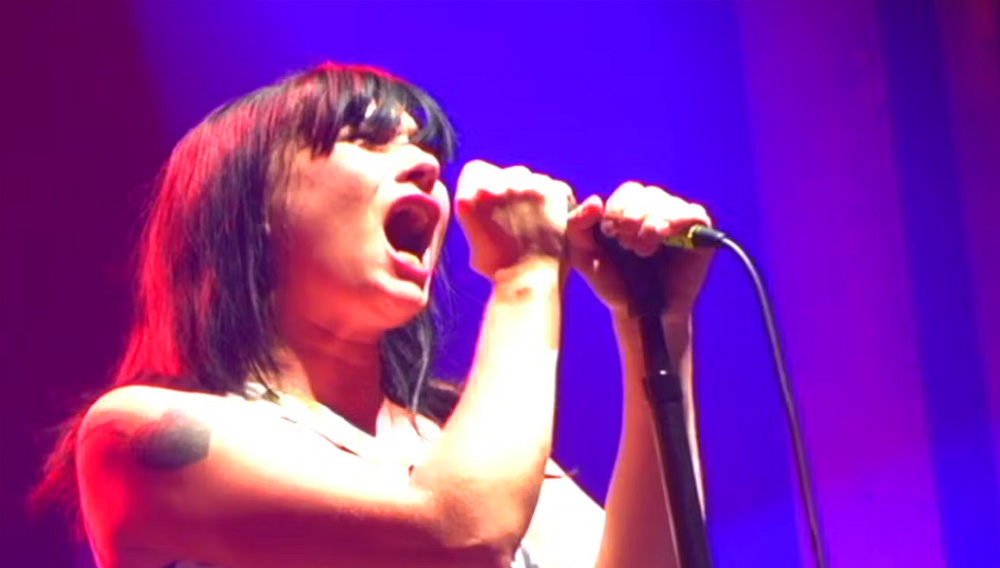In 1976, the Argentine military carried out a coup, overthrowing Isabel Perón’s government and paving the way for a dictatorship that lasted seven deadly years. Tens of thousands were killed as the government persecuted members of left-wing political organizations, some of whom had carried out kidnappings and bombings, but most of whom were merely sympathizers. Another several hundred died in the Falkland Wars, a nationalist distraction used to keep the dictatorship alive for one last year before it finally gave way to democracy in 1983.
In its art and its politics, Argentina has reacted along various lines to the tragedies of that period. There has been remembrance and healing through 1984’s reconciliation hearings and its resulting book, Nunca Más. There has also been punishment for the main perpetrators—after a combination of amnesties and presidential pardons were lifted or overturned in the early 2000s, top military leaders were found guilty of orchestrating disappearances and kidnapping babies. But the decades following the dictatorship have also seen a series of populist presidents govern through sheer force of personality rather than coherent policy, demonstrating that the end of state violence and return of democracy represented but a first step in rehabilitating Argentine politics.
The Invisible Eye, The Prize, and The Finger, all filmed in the past decade, explore each of these responses. In the first two, Diego Lerman and Paula Markovitch recall the lived experience of dictatorship, in one case for a teacher who naively participates in the dictatorship’s repression but soon falls prey to its strictures, and in the other for a mother and daughter hiding from the army.
The teacher in question in The Invisible Eye is Marita (Julieta Zylberberg), who at twenty-three years old is not much older than her students, making her infatuation with one of her students less shocking, if still inappropriate. The film is set almost exclusively in the National School of Buenos Aires, one of the most prestigious high schools in Argentina. As director Diego Lerman films it, though, the school takes on the air of a penitentiary. In the film’s first shot, students march lockstep through the hallways in military formation.
The mood ably sets up the moment when Mr. Biasutto (Osmar Nuñez), the school’s principal, tells Marita that the key to good behavior among the students is continuous but unseen surveillance, at which point the political allegory couldn’t be clearer. Lerman’s focus within the allegory, however, isn’t on the battle between dictatorial teachers and oppressed students; rather, the film spotlights Marita and through her examines how dictatorship wears down even those who conform to its demands. Marita, after all, is the one who surveys. In fact, in an effort to try to get closer to the object of her infatuation, Marita tells Biasutto that she suspects the students have been smoking in the building and wants to investigate the matter further by spying on them; she fails to mention that her in-person surveillance will take place in the men’s restroom.
The way Lerman portrays Marita’s obsession and the school tells a particular story about the dictatorship. Marita’s fixation on her student has little explanation, and her fervor seems as driven by the extent to which she must repress the desire as it is by any of his actual qualities, since she, and we, know little about him. What she suffers from is more the feeling that all desire must be constrained and regimented than the inability to connect with one person in particular. And in that sense, even as Martina supports the dictatorship indirectly through her job as a teacher, she still suffocates under its constraints.
Meanwhile, Lerman’s representation of the school as a fortress eventually becomes a symbol of isolation as well as social control. The film takes place at the end of the dictatorship, right before the Falkland Wars, and in the background of some scenes we hear the sounds of anti-dictatorship protests taking place on the streets. By the end of the movie, the predominant feeling is that the push back against dictatorship occurs necessarily in society, but only after the pain has become too strong to bear.
Markovitch’s The Prize centers around a school as well, but it presents a flipside story to The Invisible Eye: its setting is a poor, rural elementary school as opposed to a rich, Buenos Aires high school and its protagonists are a mother and daughter, Lucía (Laura Agorreca) and Cecilia (Paula Galinelli Hertzog), who have fled Buenos Aires to avoid the military’s violence. While Invisible Eye is marked by its austere setting, The Prize is defined by the dreary expanses of the windswept beach on which Cecilia and Lucía find an abandoned shack in which to live. The two hide out there and Lucía gives Cecilia strict instructions on how to answer any questions about her parents: She must tell her teachers and fellow students that her father sells curtains and her mother is a housewife.
The lie strikes Cecilia as a fun game of pretend at first, but it’s not long before the responsibility overwhelms the second grader. When Cecilia’s friend asks where she lives, Cecilia responds: “My father sells curtains and my mom is a housewife.” When asked how many cousins she has, Cecilia responds: “My father sells curtains and my mom is a housewife.”
If Invisible Eye explores the involuntary repression that the dictatorship caused among compliant citizens, The Prize is a look, a reminder, of the vicious repression it acted out against so many others. The film focuses largely on Cecilia, who must somehow process the information that the military government has killed her cousin, her father, and is trying to kill her and her mother too. When a soldier comes to her school with news that the military is hosting a Flag Day contest for students to reward the best short essay on the army and the best drawing of the Argentine flag, Cecilia initially states the truth: The army “finds people,” she writes. “They kill them.” “They’re crazy.”
The Prize and The Invisible Eye both seek to portray the paranoia and torment that distinguished Argentina’s years under dictatorship (The Prize is more effective in doing so, largely because it manages to portray them without resorting to an exaggerated plot.) But the two films also have distinct relationships to the dictatorship: Both are remembrances, but Lerman portrays a country that has broken free from a horrible ordeal and Markovitch one that will never truly move past the pain that people experienced in those years.
Sergio Teubal’s The Finger is the outlier of these three films insofar as it examines the country’s break with dictatorship from a comical perspective. The film is set just after the military ceded power, in a rural town preparing to hold its first mayoral election after being officially designated a municipality upon the birth of its 501st citizen. That the film takes place right as democracy has returned to the country indicates the kind of heartwarming political message that The Finger will provide. That one of the candidates for mayor is the finger of a recently deceased resident that miraculously responds to questions by pointing to an answer makes the symbolism considerably more absurd, but also richer. The finger is kept floating in formaldehyde in a large jar, and while its political aspirations arise due to its magical abilities, they are buoyed by the fact that its competitor is the town’s resident bourgeoisie, Don Hidalgo (Gabriel Goity), against whom the finger manages to construct a strongly populist campaign.
In a country whose central political hero is Juan Domingo Peron, a populist general who was president in the late ’40s and early ‘50s and whose followers have largely run the country in the decades since the dictatorship, such an embellished story rings with truth. And while The Finger does little more than riff on this satirical premise, it succeeds on its small terms and its light-hearted tone has a certain political resonance. The grey winter of The Prize and the stifling imprisonment of the high school in The Invisible Eye both worked to portray the dictatorship as a pall, a dark shadow that passed over the country. It makes sense, then, that The Finger, taking place once the generals were forced out, is a sunny affair comparatively, both in mood and in environment. The purpose of its satire isn’t to deny all celebration about the return of democracy—on the contrary, the scheming and corrupt Hidalgo is a representative for dictatorship anywhere, and the ability for the townspeople to unite against him a vindication of democracy.
But there’s an irony to the film as well that, perhaps unintentionally, undercuts its celebration of democracy. What, after all, does the transition from obeying the orders of general to following the unquestioned directions of a finger really signify? Democracy may have returned in such a case, but only superficially. The Finger ends with a sense of victory, but also with a feeling that the country’s political rejuvenation is only half-complete.



